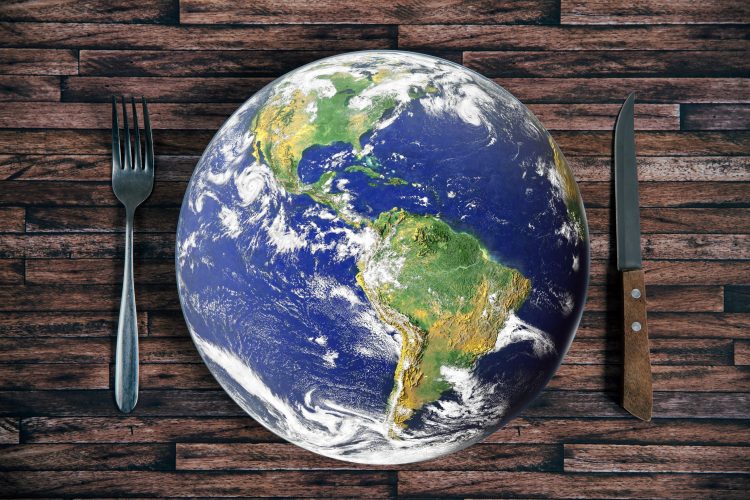World hunger remains big problem, yet obesity is on the rise
- Like
- Digg
- Del
- Tumblr
- VKontakte
- Buffer
- Love This
- Odnoklassniki
- Meneame
- Blogger
- Amazon
- Yahoo Mail
- Gmail
- AOL
- Newsvine
- HackerNews
- Evernote
- MySpace
- Mail.ru
- Viadeo
- Line
- Comments
- Yummly
- SMS
- Viber
- Telegram
- Subscribe
- Skype
- Facebook Messenger
- Kakao
- LiveJournal
- Yammer
- Edgar
- Fintel
- Mix
- Instapaper
- Copy Link
Posted: 17 July 2019 | Bethan Grylls (New Food) | No comments yet
Despite obesity increasing, world hunger remains a big problem.


An estimated 820 million people did not have enough to eat in 2018, up from 811 million in the previous year, which is the third year of increase in a row. This underscores the immense challenge of achieving the Sustainable Development Goal of Zero Hunger by 2030, says a new edition of the annual The State of Food Security and Nutrition in the World report.
The pace of progress in halving the number of children who are stunted and in reducing the number of babies born with low birth weight is too slow, which also puts the sustainable development goal (SDG) 2 nutrition targets further out of reach, according to the report.
Yet, obesity is continuing to increase in all regions, particularly among school-age children and adults.
“Our actions to tackle these troubling trends will have to be bolder, not only in scale but also in terms of multi-sectoral collaboration,” the heads of the United Nations’ (UN) Food and Agriculture Organization (FAO), the International Fund for Agricultural Development (IFAD), the UN Children’s Fund (UNICEF), the World Food Programme (WFP) and the World Health Organization (WHO) urged in their joint foreword to the report.
The annual UN report also found that income inequality is rising in many of the countries where hunger is on the rise. As a result, the poor, vulnerable or marginalised are finding it more difficult to cope with economic slowdowns and downturns.In countries where economic growth is slower hunger is reportedly increasing. This is particularly prevalent in middle-income countries and those that rely heavily on international primary commodity trade.
“We must foster pro-poor and inclusive structural transformation focusing on people and placing communities at the centre to reduce economic vulnerabilities and set ourselves on track to ending hunger, food insecurity and all forms of malnutrition,” the UN leaders said.
Slow progress in Africa and Asia
The situation is most alarming in Africa, as the region has the highest rates of hunger in the world and which are continuing to slowly but steadily rise in almost all sub-regions. In Eastern Africa in particular, close to a third of the population (30.8 percent) is undernourished. In addition to climate and conflict, economic slowdowns and downturns are driving the rise. Since 2011, almost half the countries where rising hunger occurred due to economic slowdowns or stagnation were in Africa.
Our actions will have to be bolder.”
The largest number of undernourished people (more than 500 million) live in Asia, mostly in southern Asian countries. Together, Africa and Asia bear the greatest share of all forms of malnutrition, accounting for more than nine out of ten of all stunted children and over nine out of ten of all wasted children worldwide. In southern Asia and sub-Saharan Africa, one child in three is stunted.
In addition to the challenges of stunting and wasting, Asia and Africa are also home to nearly three-quarters of all overweight children worldwide, largely driven by consumption of unhealthy diets.
Going beyond hunger
This year’s report introduces a new indicator for measuring food insecurity at different levels of severity and monitoring progress towards SDG 2: the prevalence of moderate or severe food insecurity, says WHO. This indicator is based on data obtained directly from people in surveys about their access to food in the last 12 months, using the Food Insecurity Experience Scale (FIES).
The report estimates that more than 2 billion people do not have regular access to safe, nutritious and sufficient food. But irregular access is also a challenge for high-income countries, including 8 percent of the population in Northern America and Europe.
This calls for a profound transformation of food systems to provide sustainably-produced healthy diets for a growing world population.




